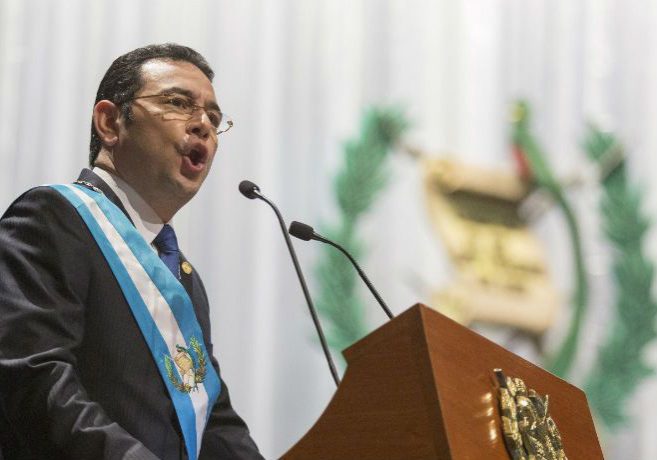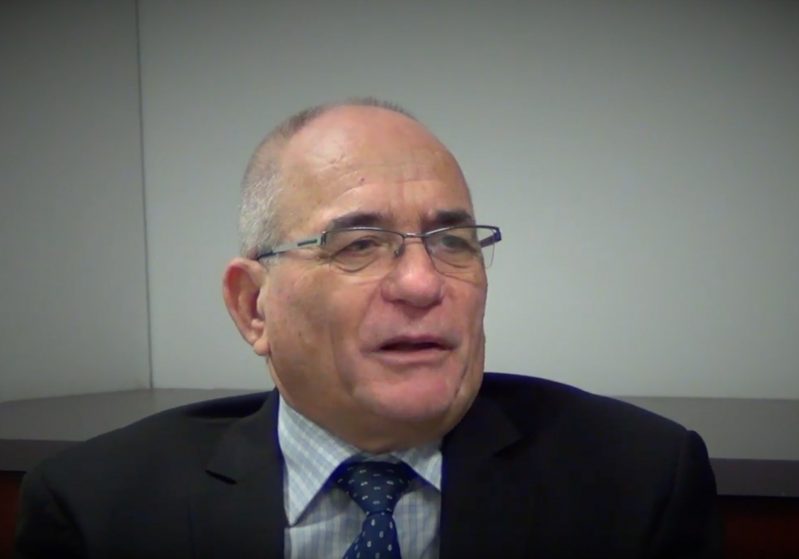Australia/Israel Review
Media Microscope: Wrong on the Right
Feb 23, 2009 | Jamie Hyams
By Jamie Hyams
The prospect of Binyamin Netanyahu again becoming Israel’s prime minister excited much inaccurate doom and gloom media comment about how his “hard line” stance would be a major setback for the peace process. For example, Paul McGeough launched a pre-emptive strike on Netanyahu in the Feb. 7 Sydney Morning Herald, quoting, not for the first time, extreme left Israeli-born historian Avi Shlaim to “prove” his point. McGeough wrote, “In concluding that Netanyahu in his first term as prime minister was a proponent of the ‘revisionist Zionist program of the undivided Land of Israel,’ Shlaim described him as ‘a destroyer of dreams’”. He somehow didn’t mention the significant steps Netanyahu took to further peace – like the Hebron withdrawal, the Wye River Memorandum, or his serious negotiations with the Syrians.
In fact, as Greg Sheridan noted in the Feb. 5 Australian, Netanyahu “will be no barrier to peace. Within Israel there is a broad consensus on what a peace agreement would look like.” (Sheridan also wrote, on Gaza, “The cost in innocent Palestinian lives was heavy and tragic, and the fault for this rests entirely with Hamas, the terrorist death cult that rules Gaza. I do not believe a single story of Israeli war crimes or atrocities in Gaza. There is no evidence of any such story beyond Palestinian eye-witness accounts and on countless previous occasions these accounts have been fabricated… The Israelis are among the most disciplined troops in the world and go to great lengths to avoid civilian casualties.”)
The fact is that, with the Palestinians divided between the terrorist Hamas and the weak and less than fully committed Fatah, no conceivable Israeli government could make peace. If the situation changes so that reaching peace becomes possible, no conceivable Israeli government would refrain from doing so. However, on Feb. 10 ABC TV “News” anchor Tamara Oudyn and “Lateline” host Tony Jones both announced that Netanyahu “opposes giving up land as part of a peace deal.” In fact, Netanyahu does not say that, and his platform specifically mentions making “concessions” for peace. What he favours for the moment is improving the economic and security situation on the West Bank as a preparatory step toward peace.
But on that night’s SBS TV “News”, ANU academic Matthew Gray said that “if we wind up seeing a right wing government in power in Israel, the prospects for peace with the Palestinians are really quite poor.”
Similarly, the Feb. 12 Age and Herald editorials both wrongly claimed that Netanyahu rejects a two-state solution and the peace process, and portrayed Israel’s election results as a blow for peace, implicitly absolving the Palestinians of any responsibility for the state of the peace process.
Also widely demonised were Avigdor Lieberman and his Yisrael Beitenu party. It is legitimate for commentators to express concern about some of Lieberman’s policies, but not to misrepresent them. One of Lieberman’s more controversial policies is to exchange Israeli land where the residents are predominantly Arab for the West Bank settlement blocs. This would mean affected Arab Israeli citizens would no longer live in Israel, but no-one would actually be forced out of their home, as has often been claimed. For example Jason Koutsoukis, in the Feb. 7 Age, wrote that Lieberman’s proposal is “to physically transfer many of Israel’s 1.3 million Arab citizens out of the country.” On SBS TV “News” on Feb. 9, Keith Breene said, “Mr. Lieberman is best known for advocating the transfer of Israeli Arabs out of the country.” He interviewed the head of the Palestinian delegation to Australia, Izzat Abdulhadi, who claimed, “Their declared program is ethnic cleansing.”
One reporter to reasonably accurately describe Lieberman’s policies was ABC correspondent Ben Knight, who explained to Mark Colvin on “PM” on Feb. 11, “They do support a two-state solution, it’s just that they support taking all of the Arab-Israeli towns inside Israel and literally excising them from the map and shoving them into a Palestinian Authority, so it’s their version of a two-state solution.” Unfortunately, Colvin countered, “But they would be encircled, I mean, it’s actually much closer to the old situation in South Africa for instance with the so-called Bantustans.” In fact, the area Lieberman would like to excise is contiguous with the West Bank, so would not be encircled or become enclaves.
Ironically, one of the few to get it somewhat right was an unnamed Hamas spokesman. Barbara Miller reported on the Feb.11 edition of the ABC Radio program, “The World Today”. that the spokesman said, “There’s no difference between Livni, Barak, Lieberman and Netanyahu.” Of course, in his eyes this was because, “they had all massacred the Palestinian people,” but at least he was closer to the general principle than many of our journalists and commentators.
Tags: Australasia






